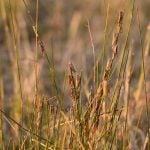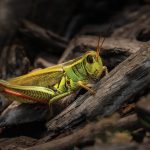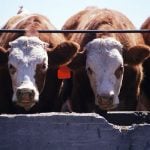
Tag Archives grasshoppers

A rancher’s ‘bitin’ list’
A Little Bit Western: Invasive weeds, gophers, grasshoppers and raccoons are all on this rancher’s naughty list

What insect pests are bugging your forage crops?
Grasshoppers, cutworms and armyworms can cause major damage if left unchecked. Learn how to scout and manage them

Grasshopper threat remains for Saskatchewan crops
Hot, dry conditions in mid- to late summer and well into fall were ideal for egg laying

Label boost for Lumivia

Reduced-area pest spraying can still hit moving targets
The RAAT method can cut insecticide use in half and still kill most grasshoppers on pasture

Grasshoppers: Brace for impact
The past year was bad for grasshoppers on the Prairies and 2024 could be worse, experts warn

‘Perfect storm’ for grasshoppers
The conditions are right for pest-type grasshoppers in Saskatchewan. Consider both insecticides and cultural controls

Insects posing problems in Saskatchewan crops
Grasshopper, flea beetle damage already reported

Best to be scouting for insect pests
'Definitely' watch canola for flea beetles

Prairie insect pest outlook for 2023
Grasshoppers top the threat list but flea beetles, wheat midge, lygus bug, cutworms, bertha army worm and wheat stem sawfly are also risks in some areas


